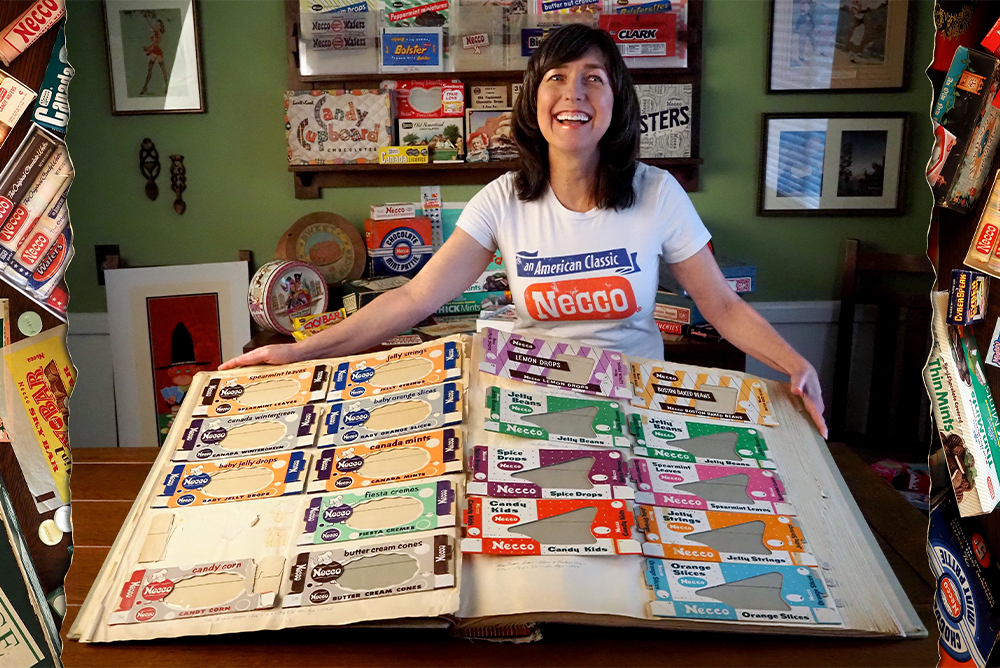
Candy Wrapper Museum curator Darlene Lacey was 15 when she started collecting for her “roadside attraction.” Building the online museum has led to all kinds of surprises—including being sent a Necco scrapbook saved from a dumpster (pictured above). Courtesy of author.
In 2019, an unassuming package arrived at my front door.
Inside was a sooty 2-by-4-foot scrapbook filled with candy wrappers over 70 years old. On the surface, a piece of trash—one that in fact came from a dumpster, saved from oblivion during the move of Necco (the New England Confectionery Company) from its Cambridge, Massachusetts factory to nearby Revere in 2003. After the company went bankrupt 15 years later, it traveled 2,950 miles to La Verne, California, to the ranch house my husband Joe and I call home.
Why am I now its keeper?
I’m curator of the Candy Wrapper Museum, my online “roadside attraction.” Here I share my 50-year collection of little slips of paper, designed to be torn and thrown away. Why? Because these ephemeral objects serve as time machines, opening an emotional portal to the past.
I was 15 years old when I started collecting, inspired by friends with cool collections like beer bottles from around the world. I wanted to start one of my own, but of what? I usually spent my few coins on candy at the 7-Eleven. The candy shelves were a wonderland of tasty treats with colorful wrappers and names, all clamoring: Pick me! Big Hunks, Milk Duds, Jujyfruits, Choco’Lite, Lemonhead … How could a girl decide?
Then inspiration struck. Instead of throwing away those wrappers, I would save them. I would create the Candy Wrapper Museum, where I envisioned that the wrappers would one day be enjoyed as art, nostalgia, and humor. I had a plan: I would collect these wrappers throughout my lifetime, then open up the museum as a roadside attraction in my “old age.” I chose my first pieces, Nice Mice and Cinnamon Teddy Bears, and so began this journey. Friends caught the spirit of fun and donated pieces. Collecting became an affordable, novel way to explore the world around me, one that could turn even a mundane shopping trip into a treasure hunt.
In 2002, inspiration struck again. Why wait until retirement? Why not open the museum right now on the internet, the ultimate “superhighway”?
Building the online museum was a massive six-month, one-person project. First, I curated roughly 650 of my favorite wrappers into themes such as: Celebrities, Classics, Holidays, Big Eats, No Fun, and Vices. I scanned everything that was flat, photographed the rest (shot on film), scanned the prints, cleaned all the now-digital images, then wrote lighthearted commentary to provide each visitor with my “personal tour.” Then, I bought a book on how to write HTML and built the site myself.
When it launched, I had no expectations. Would anyone even be interested in this quirky endeavor? To my surprise, without any promotion, the site went “viral,” even getting selected as Yahoo’s “Funny Site of the Week.”
The sudden burst of popularity inspired bemused comments, like, “A candy wrapper museum? Now we’ve heard everything.” But mostly people wrote in to thank me, sharing how the sight of a long-gone favorite candy bar proved to their friends that they weren’t delusional. One person asked if I had a wrapper from the 1930s that his 90-year-old mother fondly remembered enjoying as a child. He later told me that the images I sent flooded her with emotion, rekindling the feelings of being a little girl again.
This is when I knew I was doing something important. We think of collections as “things,” but we also collect special moments that may not stay front of mind, but never fade from our hearts. A rush of joy returns when we reconnect with them through objects of the past. In fact, this was how my now-husband Joe and I first met: He was in search of a cherished childhood candy, Nice Mice—the very first item I’d collected. To this day people come to me with questions about ephemera they can’t find anywhere else, hoping I can help uncover connections to cherished memories around candies from their past.
Through collecting I’ve learned how quickly history is lost. The history of candy is particularly difficult to trace back. Most companies preserve little of their history, especially after an acquisition. That’s why we’re fortunate when organizations or individuals do take care to save history, like in the case of that scrapbook that arrived at my door.
It was sent by Jeffrey S. Green, who was Necco’s vice president of research and development before the candy company filed for bankruptcy in 2018. Necco had launched the U.S. candy industry back in 1847 when its founder, Oliver Chase, invented the first candy manufacturing machine. But by 2003, to remain competitive in an industry now dominated through consolidation by giants Hershey, Nestle, and Mars, Necco needed to sell its landmark 1927 factory and expand to a new facility. The sale kept the company going for ten more years. When Necco shuttered, Green did his best to keep as many irreplaceable artifacts as he could; understanding the importance of this company, he had already done his best to save items during the initial move and now, with the company no more, he purchased more items at auction, and even salvaged whatever he could from the Necco dumpster.
Green wasn’t interested in keeping these items forever in his basement. Instead he sought out “forever homes” for these artifacts, which is how he found the Candy Wrapper Museum online. He contacted me in March 2019, eight months after Necco closed, asking if I would like to have the scrapbook. Of course, I instantly said “Yes!”
When the scrapbook arrived, Joe and I were astounded by the treasure inside. Within its yellowed pages, we found a meticulously annotated time capsule of packaging, promotions, photos, and ephemera spanning Necco’s 171-year run. Most of these items had not been seen by the public since they appeared in A&P, Shop-Rite, and Star Markets 70 years ago or more.
The more I dug to discover the history behind these artifacts, the more stories I uncovered about the generations of people who worked together to bring us sweet treats. I learned how many belonged to the Quarter Century Club with tenures of 25 years or more, how they kept making their candy with pure cane sugar even through the Depression, and how they transformed 60% of the factory into the electronics production for World War II. Necco’s rich history even resulted in Joe and me publishing two books to share its story in a safe, permanent place.
It pains me that our world is in an ever-increasing rush to throw everything away. We may never realize the value of what was lost until it’s too late. Hotel room “do not disturb” signs, plastic food, milk bottles, and even scents and sounds are just some of the artifacts saved by collectors who see their value.
I know that only a dreamer would try to save it all. Most institutions have a hard enough time trying to save the “big stuff”—works of art, landmark documents, antiquities, and even V.I.I.s (very important insects). The Smithsonian Institution alone holds a staggering near 156 million objects, and that is still a fraction of all the significant objects that have come and gone.
But even though we can’t save everything, imagine the richness of history that we could preserve—stories of family, community, and culture—by appointing ourselves caretakers of the little things that matter to us the most. Such simple, individual actions, like, say, collecting hundreds of items of candy ephemera, can be a precious gift for future generations, offering them a larger and deeper understanding of who we are, where we came from, and where we’re going.




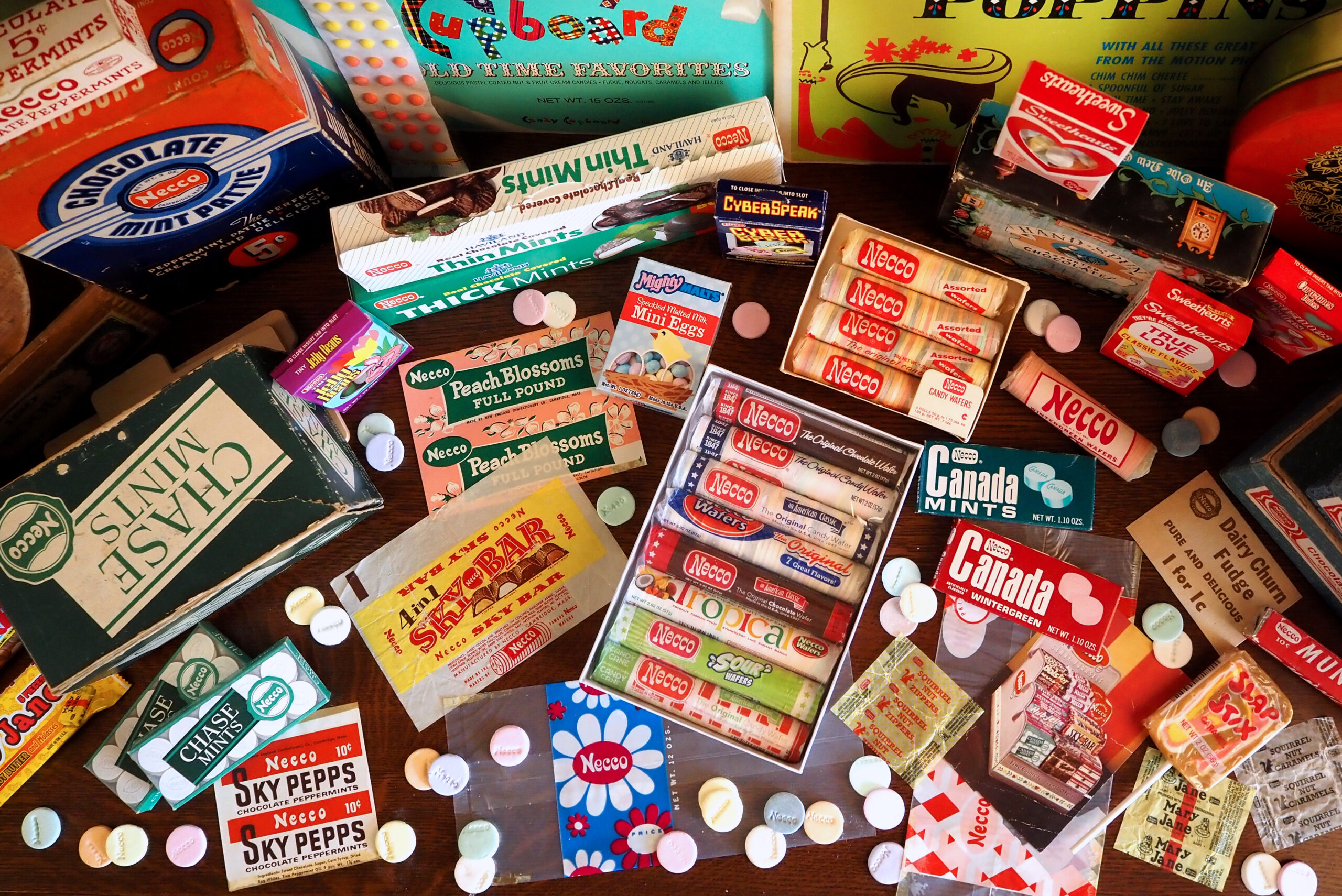
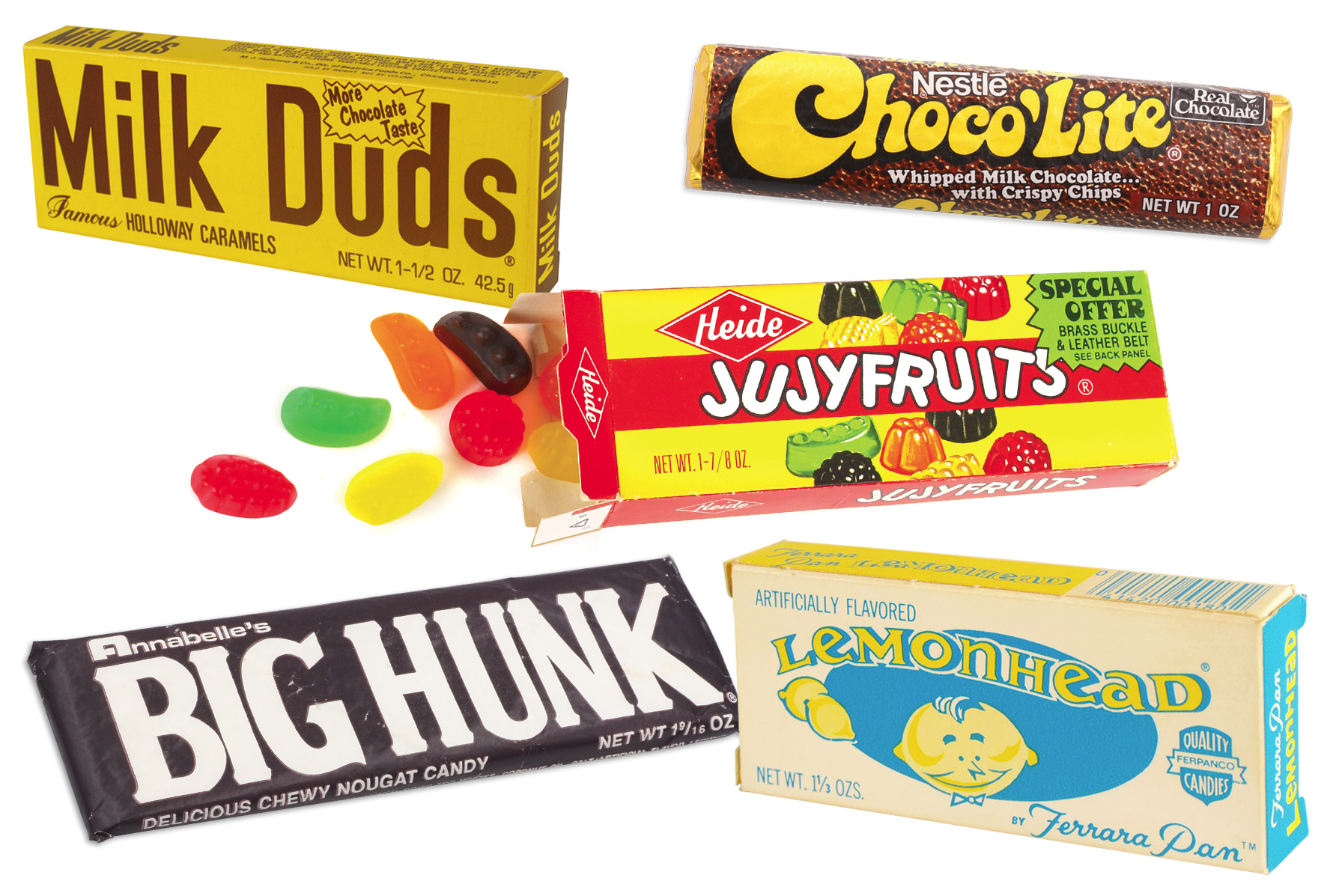
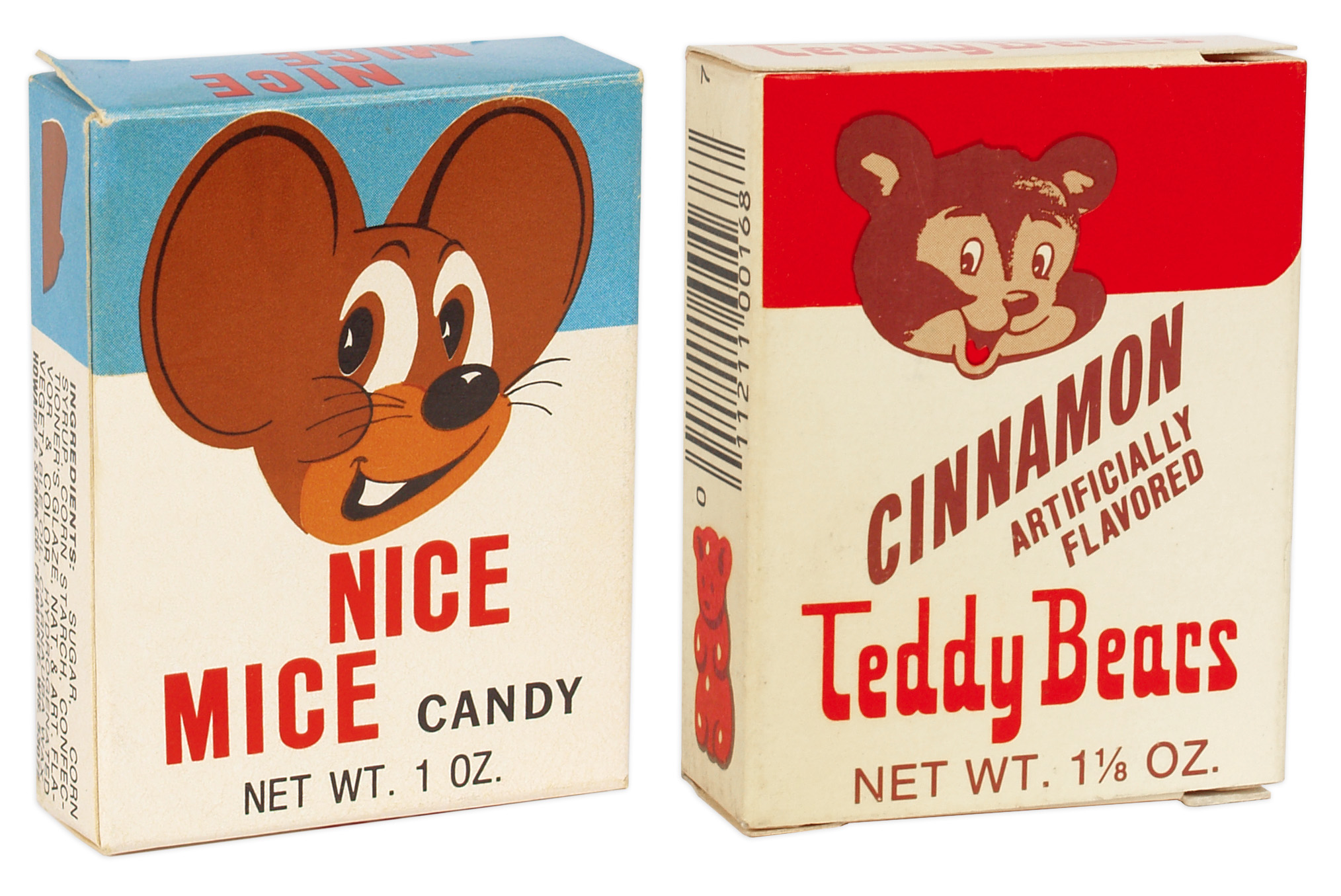
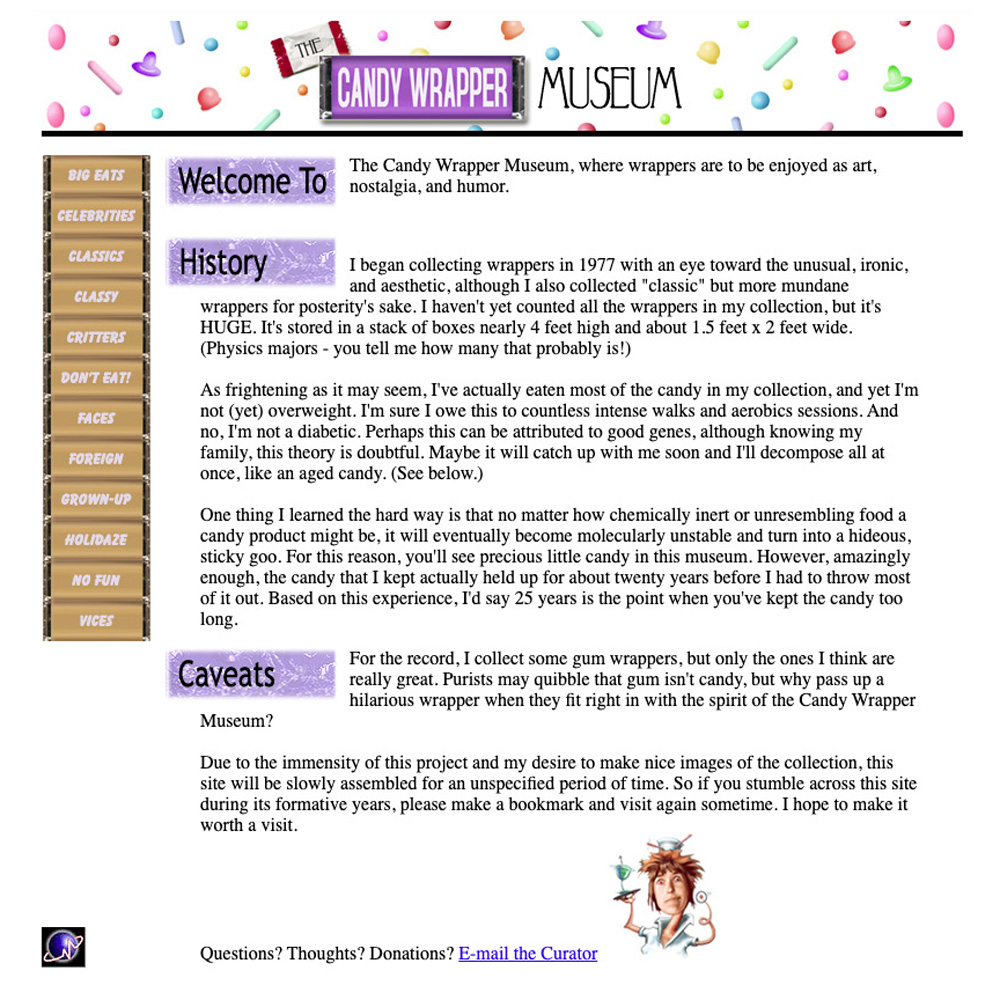
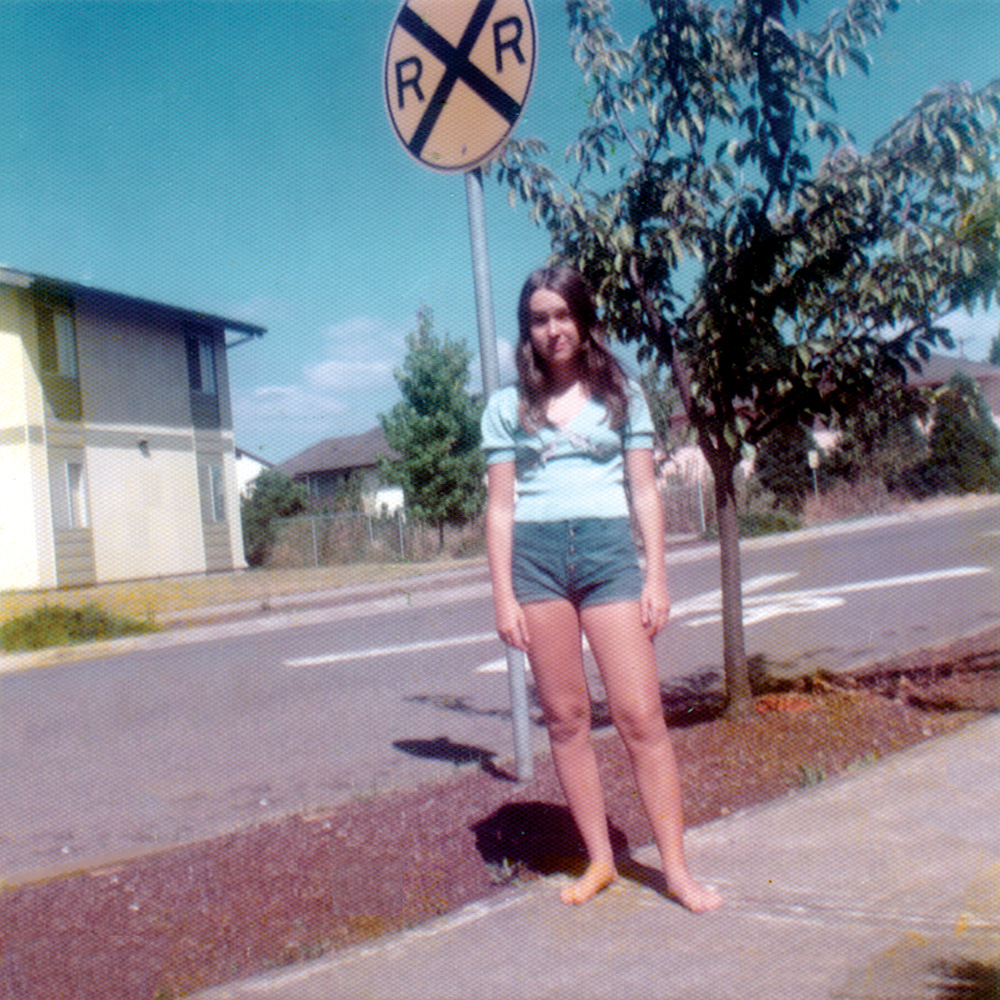
Send A Letter To the Editors